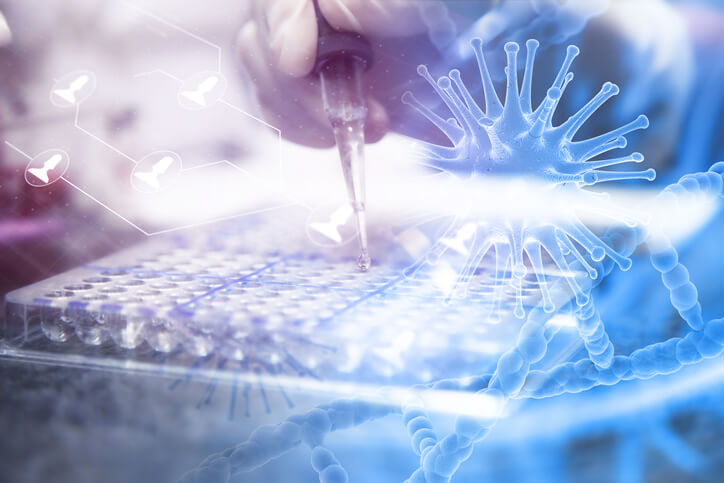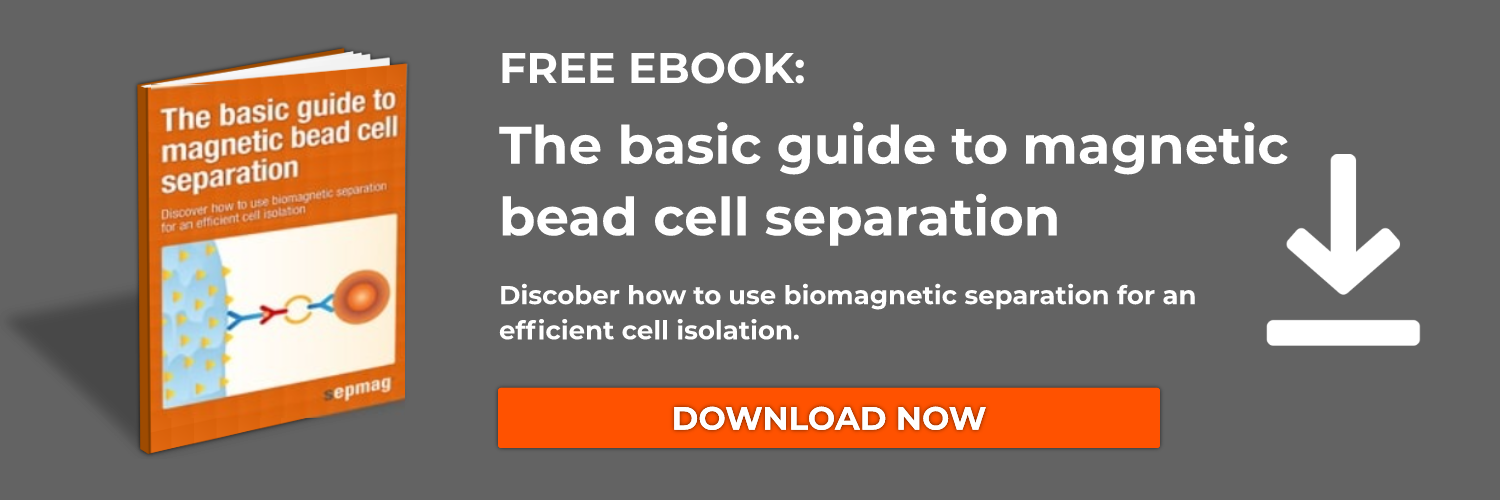Background on Immunoprecipitation
Immuno is a prefix that means you are talking about immunity. Immunity is how the body is protected against pathogens. The immune system has a system for recognizing foreign objects, then a system for combating the presence of the foreign object. For example in humans, T-cells are a type of immune cell that recognizes antigens, structures or molecules that are foriegn. Another important immune molecule is the antibody. Antibodies are shaped like the letter Y, and the two arms of the top of the Y recognize antigens. The specific part of an antigen that is recognized is called the epitope. The antibody recognizes the epitope by its structure and sequence of amino acids. This antibody-antigen interaction serves to help the body recognize antigens. When the interaction is strong enough, it also serves as a way to neutralize antigens. Another important aspect of antibodies is that they can have highly specific interactions with an epitope, and this interaction is strong as well, also known as a high affinity interaction. These two traits, the specificity and affinity, make antibodies a great tool as well! Let’s talk more about using antibodies for a particular tool, immunoprecipitation.
Magnetic beads for supporting immunoprecipitation
Immunoprecipitation uses antibodies as a tool. When an antibody-antigen interaction is known, that specific antibody can be used to pull the specific antigen out of solution. This begins with immobilized antibodies on some kind of support. Magnetic beads offer a great solution for immobilizing antibodies because the protocol for using them is simple, efficient and has high yield. You begin with magnetic beads pre-conjugated to protein A, protein G, or a protein A/G hybrid. These proteins are derived from bacterial cell walls and they bind immunoglobulins, or antibodies. The protein you choose, A/G/hybrid, depends on the class, subclass, and organism that the antibody is from. Classes are IgG, IgA, IgE, IgM, and IgD. These can be further classified into subclasses with numeric values.
The protocol for immunoprecipitation with magnetic beads
When you have your antibodies immobilized on your magnetic beads with a protein probe, you have magnetic beads that are ready for immunoprecipitation. You incubate your magnetic beads with a mixture that contains your antigen of interest. Once enough time has passed for the interaction to take place, you place the container on a magnetic rack. Liquid can now be removed without losing your antibody-antigens of interest. You can wash off non-specifically bound materials using a wash buffer. You place the wash buffer in the container, then you can simply remove it while the container is on the magnetic rack. This can be done several times very efficiently with this protocol. Finally, you add an elution buffer to your container.
The antibody-antigen interaction is broken, and you can remove your antigen of interest while keeping the magnetic beads with conjugated antibodies bound to the container by the magnetic rack. This protocol can be done at a variety of scales, depending on if you are in a research lab, a clinical setting, or even at industry scale. Magnetic racks are now available for eppendorf tube sizes, all the way up to 10’s of Liters.
Related news
- Magnetic properties of nanoparticles
- A general filtration proce
- The use of Biomagnetic Separation for improving iron oxide nanoparticles for magnetic particle imaging





